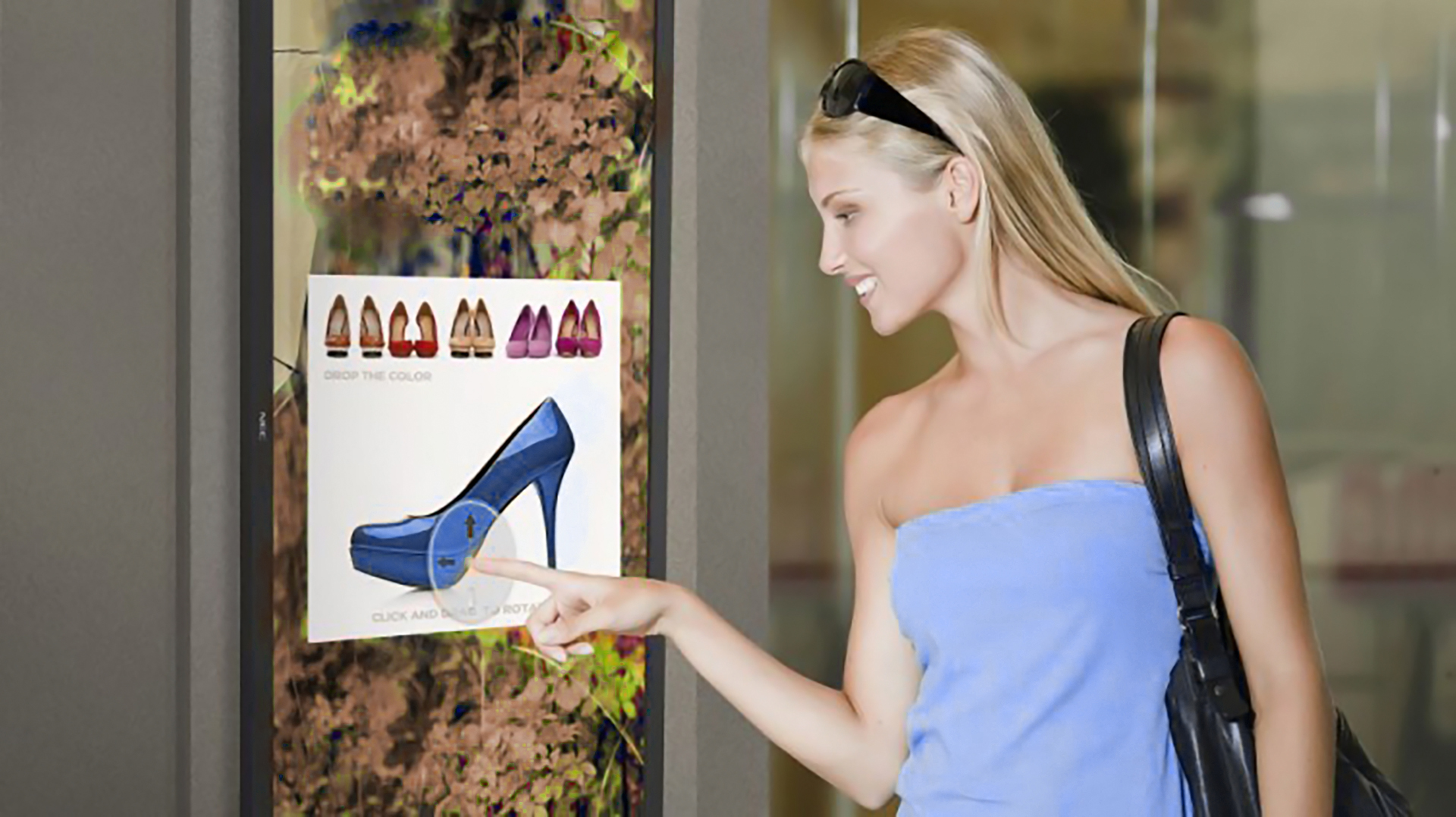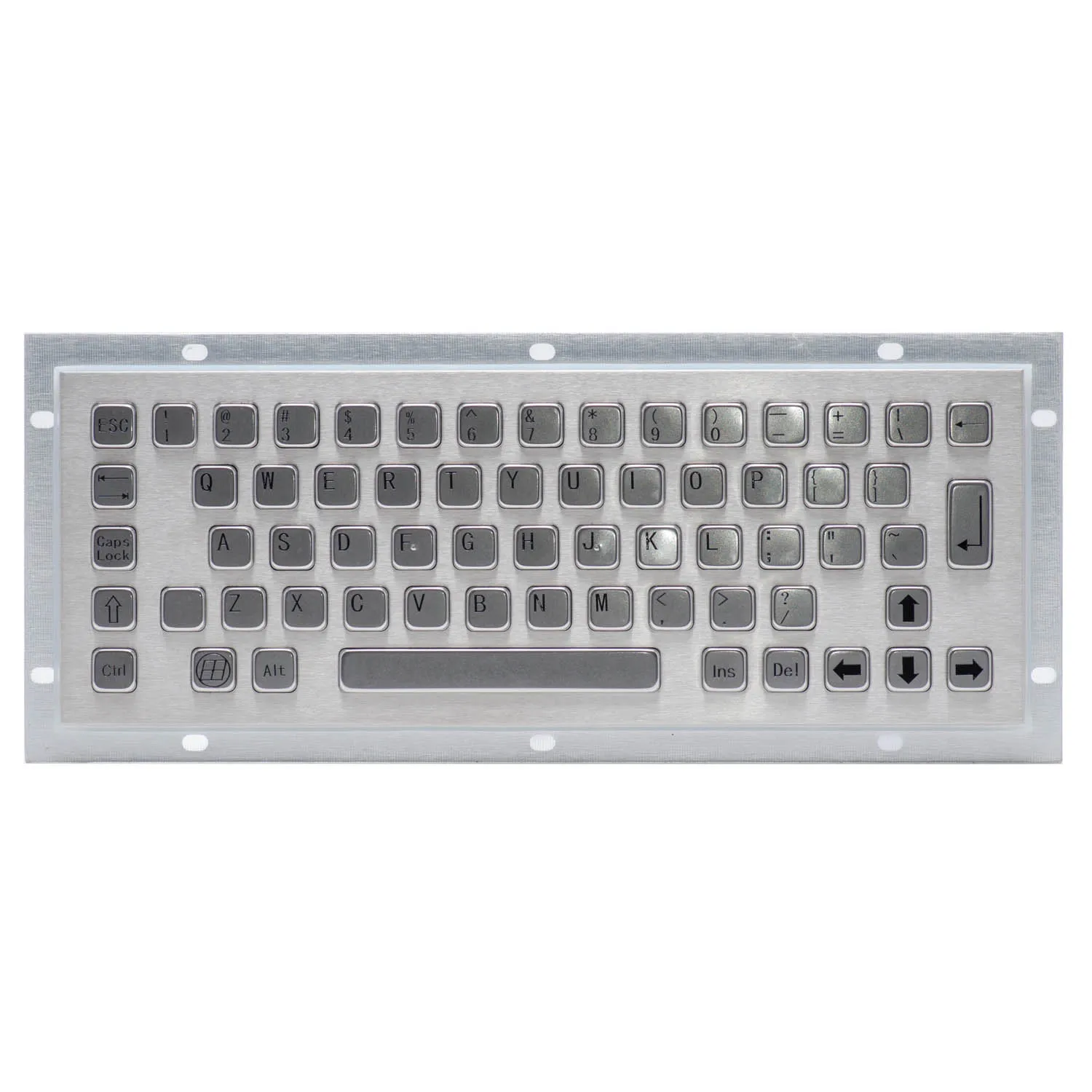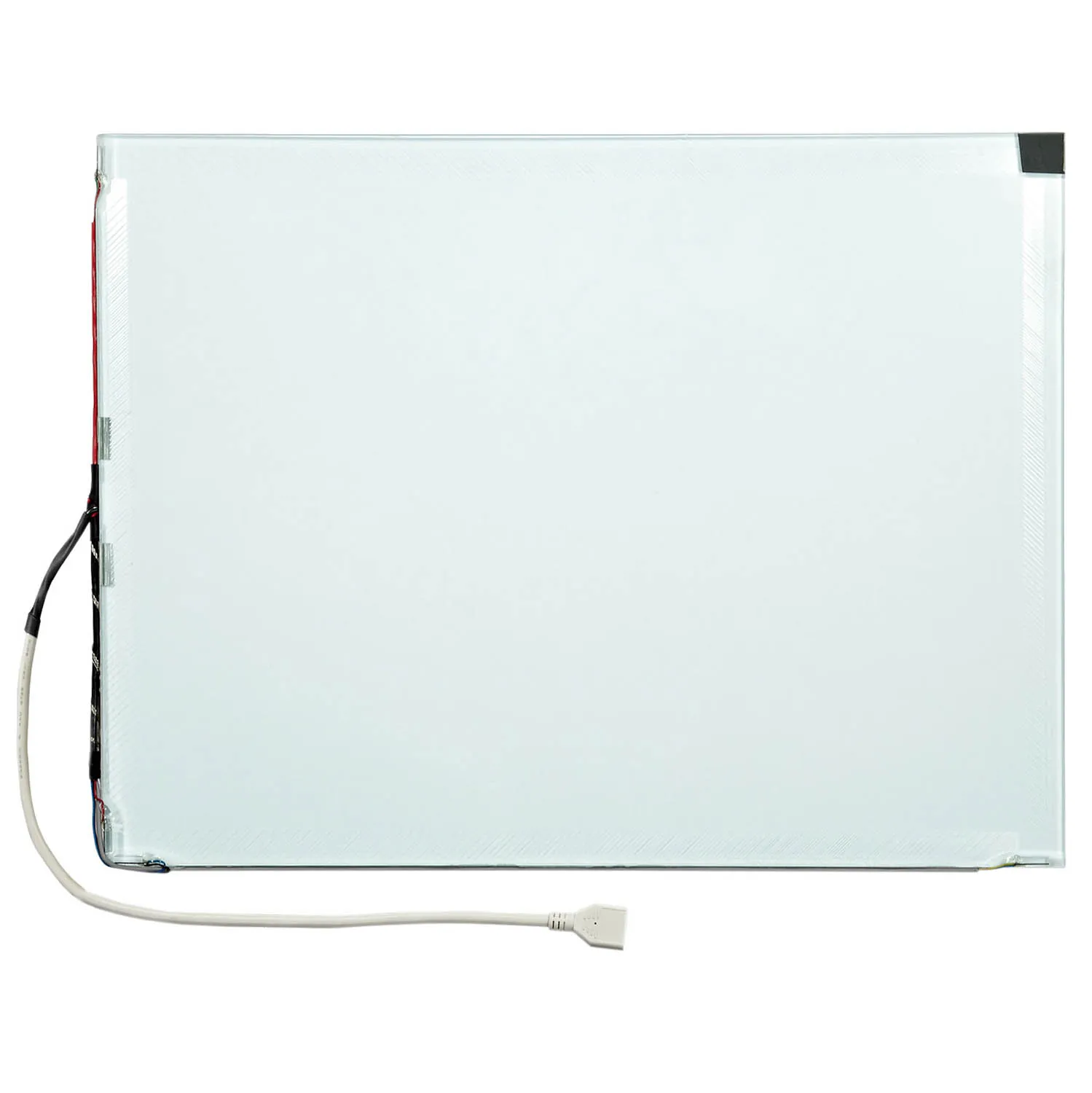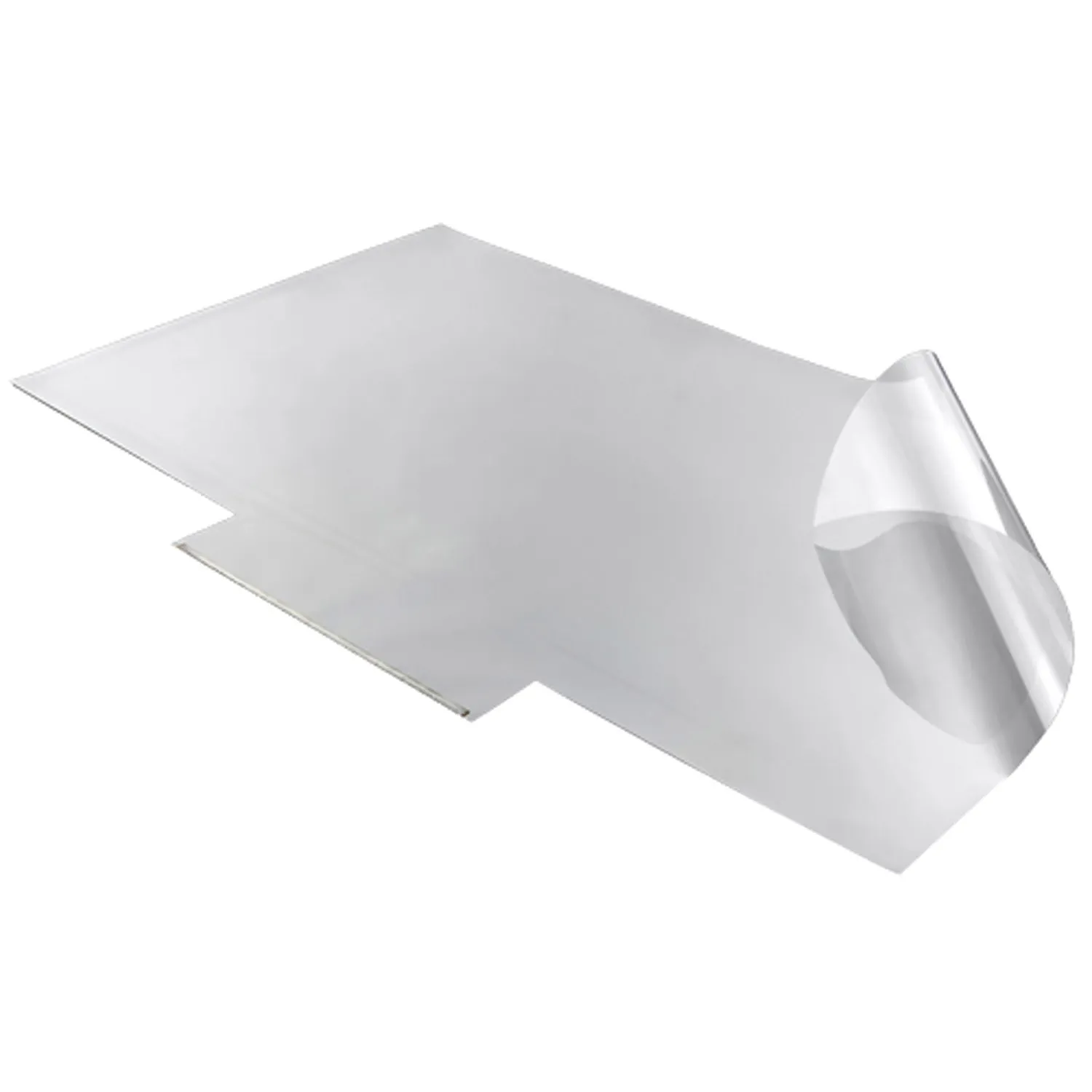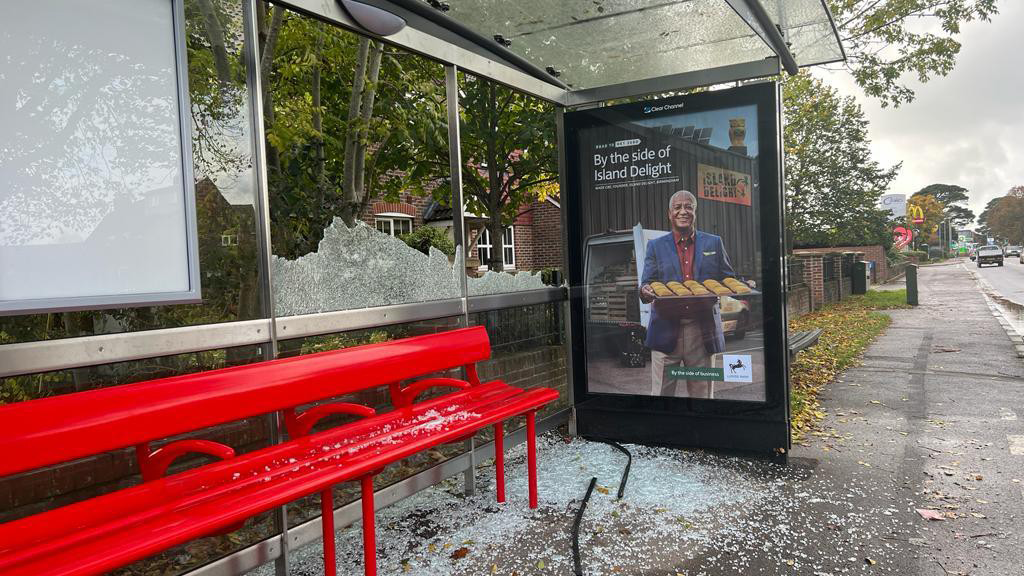
Featuring a strong glass surface, our PCAP touch screens are constructed to withstand attacks from vandals. Tough and resilient, they can fend off scratches and abrasions, and are sealed tight to keep dirt, dust, and other contaminants from getting inside.

Projected-Capacitive touchscreens incorporate ultra-responsive touch technology that matches the speed of your fingertips. Whether you're scrolling, swiping, or tapping, the touchscreen responds instantly to your commands.

Thanks to its advanced multi-touch capability, PCAP offers up to 10 touch points sensing at once, allowing for advanced gesture recognition features including pinch, zoom, and rotate functionalities that are unparalleled in other types of touchscreens.
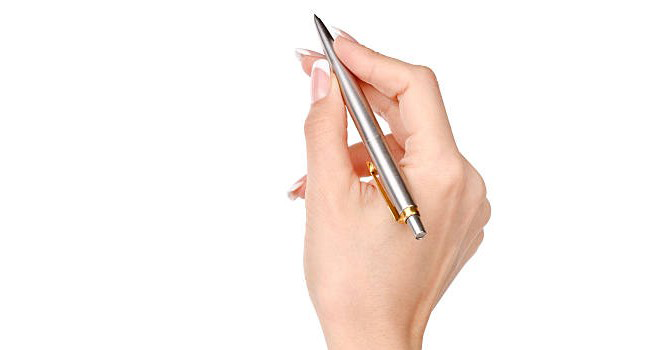
PCAP touch screens are a great choice for many applications thanks to their ability to support both bare finger and stylus operation. If you choose to use a stylus, you’ll need a special conductive type, which is readily available. Plus, you can even use lightly gloved hands like nitrile or latex with these sensors.

With the evolution of touchscreen technology comes an increase in the focus on refining optical clarity, especially for devices that need to be used under sunlight. The deployment of PCAP touch screens is one advancement that delivers exceptional results in transmitting light by bonding all the optical layers together seamlessly, favorably reducing internal reflective surfaces. As a result, the device exhibits brightness for optimal visibility and color saturation.

In conclusion, projected capacitive touch sensor technology has revolutionized smart touchscreen applications and has become the preferred choice for many users due to its various advantages over traditional capacitive touchscreens. With its increased usability and convenience, PCAP touch screens have paved the way for the development of numerous smart devices such as tablets, smartphones, and human-machine interfaces. Its benefits make it an ideal choice for various applications, and it is expected to continue to grow and evolve in the coming years.

